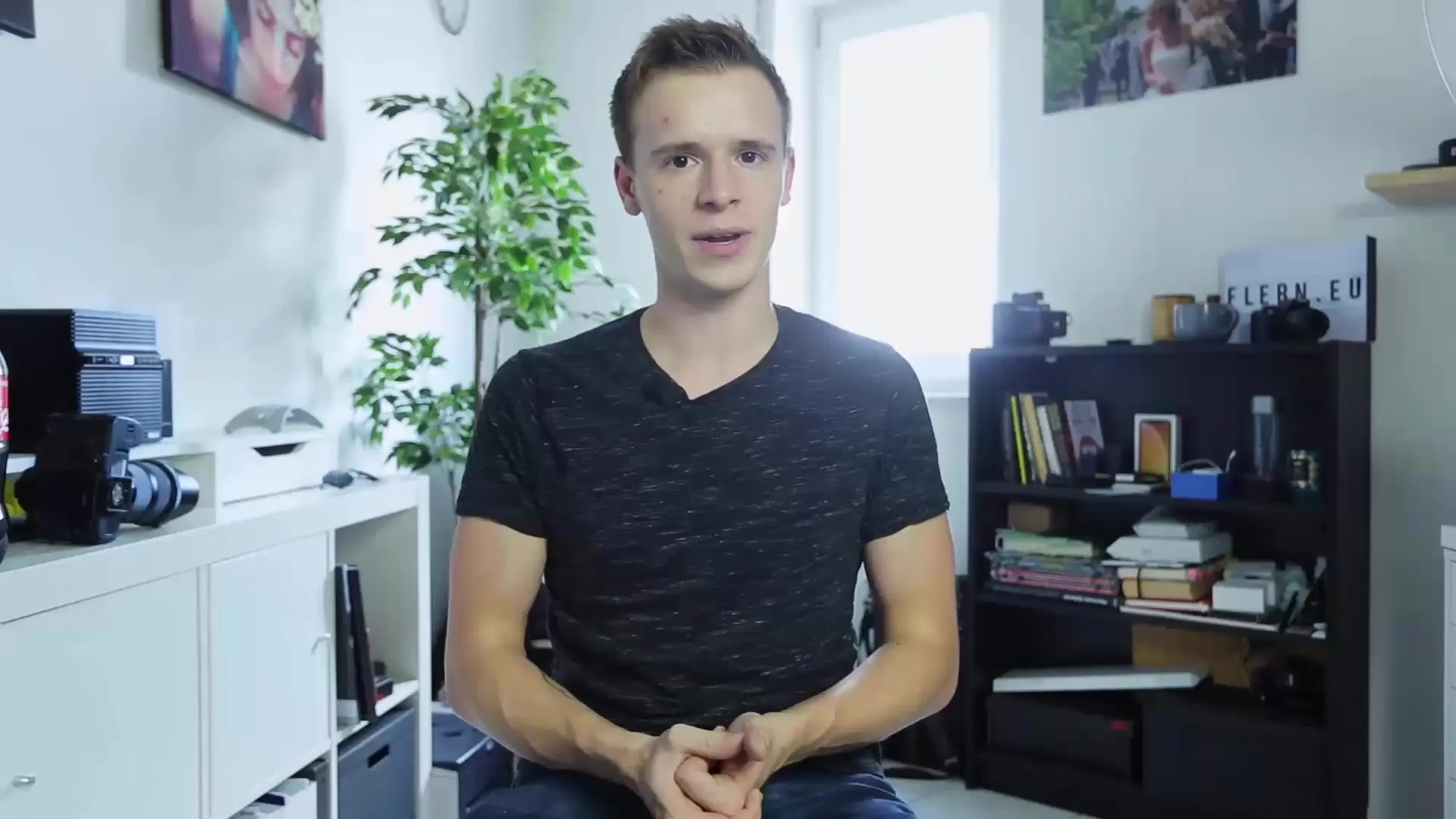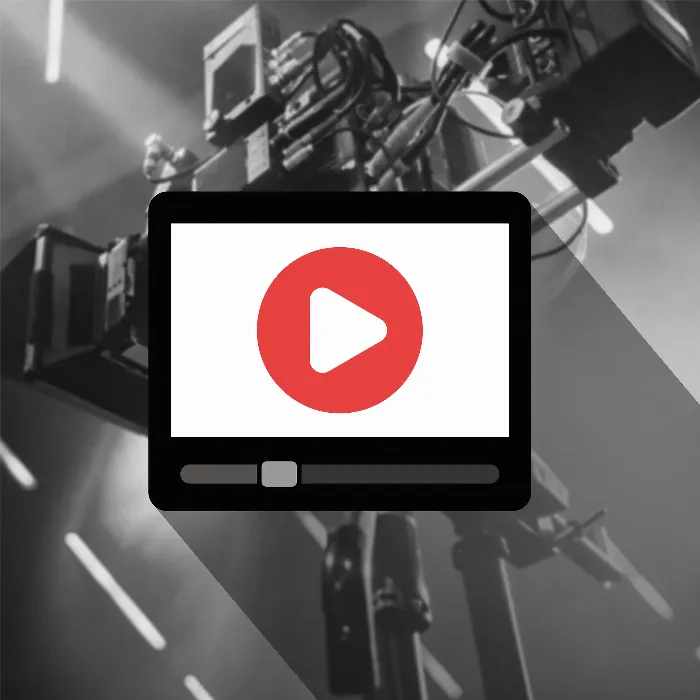The path to mastery in videography requires more than just theoretical knowledge. In this first section of the practical chapter, it’s about how you can effectively implement what you’ve learned from the video course. By working practically, you will develop a better understanding of the techniques and sharpen your skills. Let’s dive right into the practices that will help you improve your videography skills.
Key insights Practical learning is crucial for mastering videography. The theoretical knowledge you gain from the videos and lessons must be put into practice. Experiment with different techniques, equipment, and lighting setups. Practical projects provide direct access to learning and help in finding creative solutions.
Step-by-step guide
Step 1: Turn theory into practice
To truly internalize the content of the video course, it is important to transfer the theoretical knowledge into practice. Engage with the various aspects of videography that you have learned about. This particularly applies to editing techniques and lighting setups. Suggest your equipment and begin to use it.
Step 2: Try out equipment
Dare to try out different devices. Every piece of technology you use can have different effects on your video. Whether it’s cameras, microphones, or light sources – experiment without limitations. Try different settings and learn mindfully what works and what doesn’t.

Step 3: Experiment with lighting setups
The right lighting setup is crucial for the quality of your videos. Experiment with different light sources and arrangements to achieve the best effects. Play with natural light as well as artificial light to create different moods. Understanding light will help you elevate your videos to the next level.
Step 4: Implement practical projects
Start realizing small projects where you apply what you have learned. Either take on a simple scene setup or create a short video where you use specific techniques that you learned in the course. Implementing practical projects not only enhances knowledge but is also fun.
Step 5: Seek feedback and develop further
Once you have realized some projects, look for ways to get feedback from others. This can be done through participating in online forums, communities, or via social media. Use the feedback to further refine your technique and develop your personal style.
Summary – Videography course: Practical implementation of learning content
You now have a clear idea of how to turn theory into practice. Your learning will be reinforced by practical experiences as you experiment with various aspects of video production. Don’t hold back, actively move into implementation and watch your skills develop.
Frequently asked questions
How important is practical learning in videography?Practical learning is essential to understand and apply theoretical concepts.
What should I consider when choosing my equipment?Choose devices that meet your needs and experiment with different types of equipment.
How can I improve my lighting setup?Experiment with different light sources and arrangements to achieve various effects.
How do I get feedback on my projects?Look for online forums or communities where you can share your work and receive feedback.


